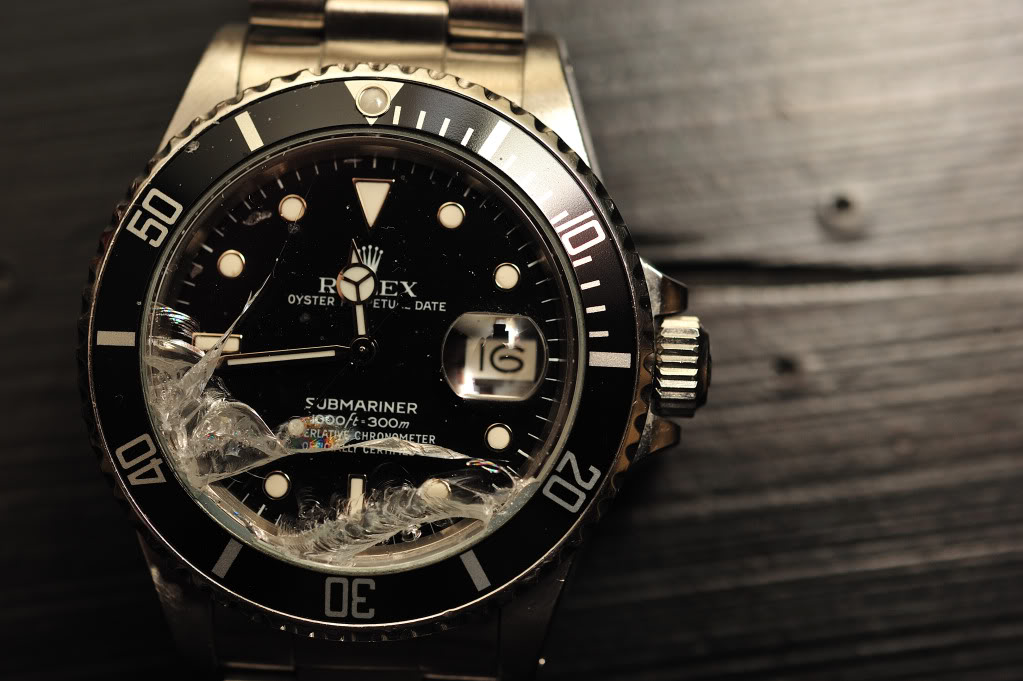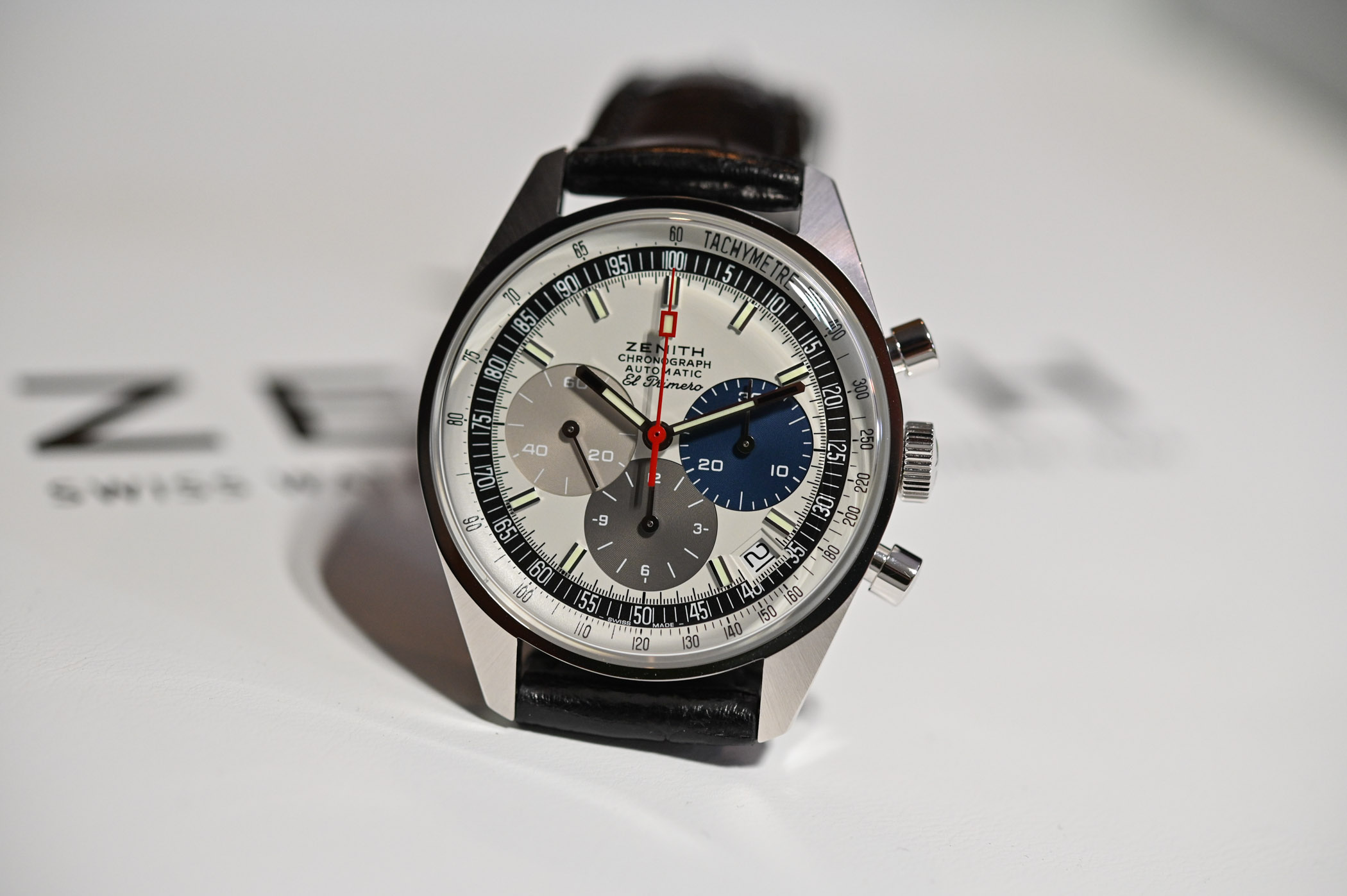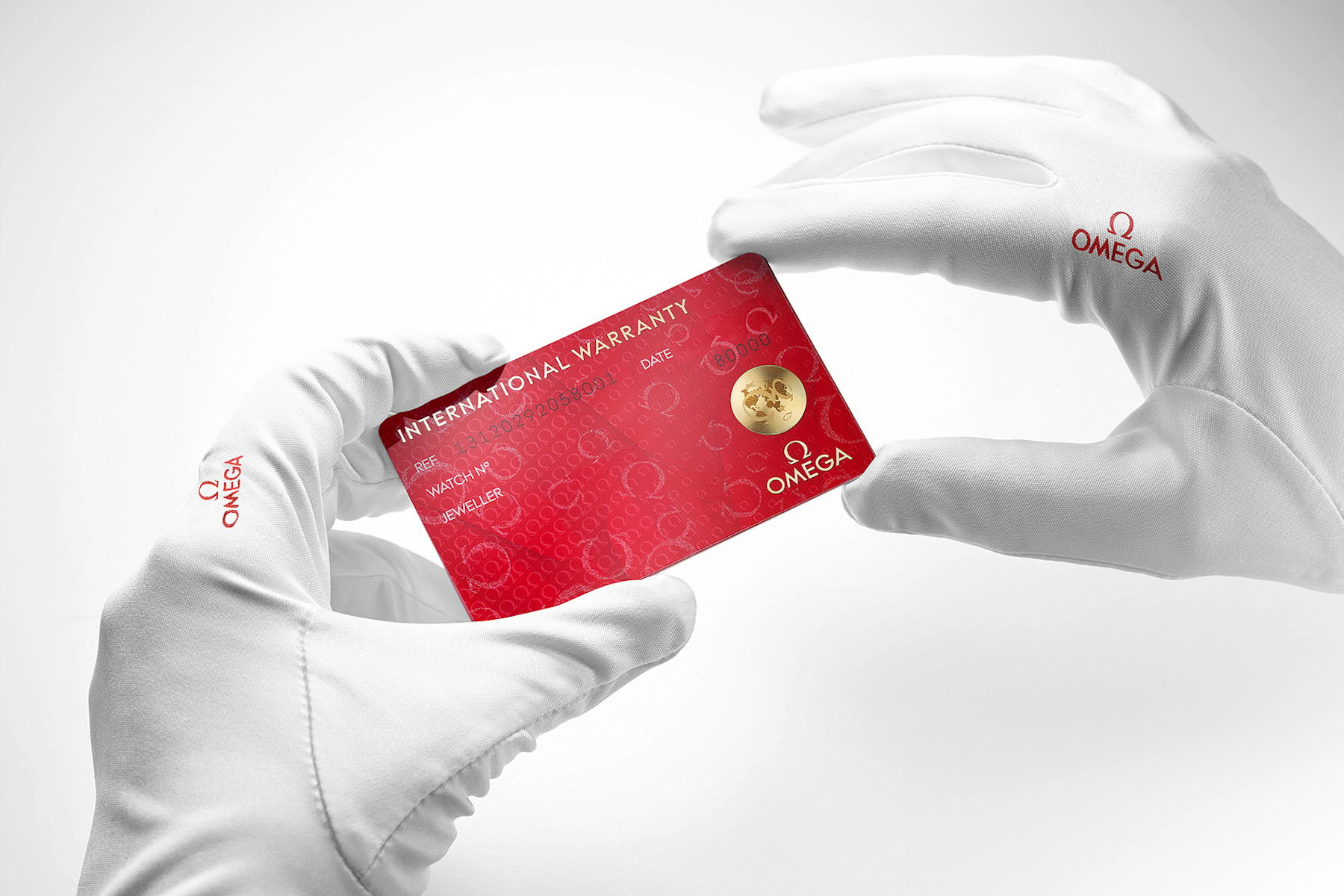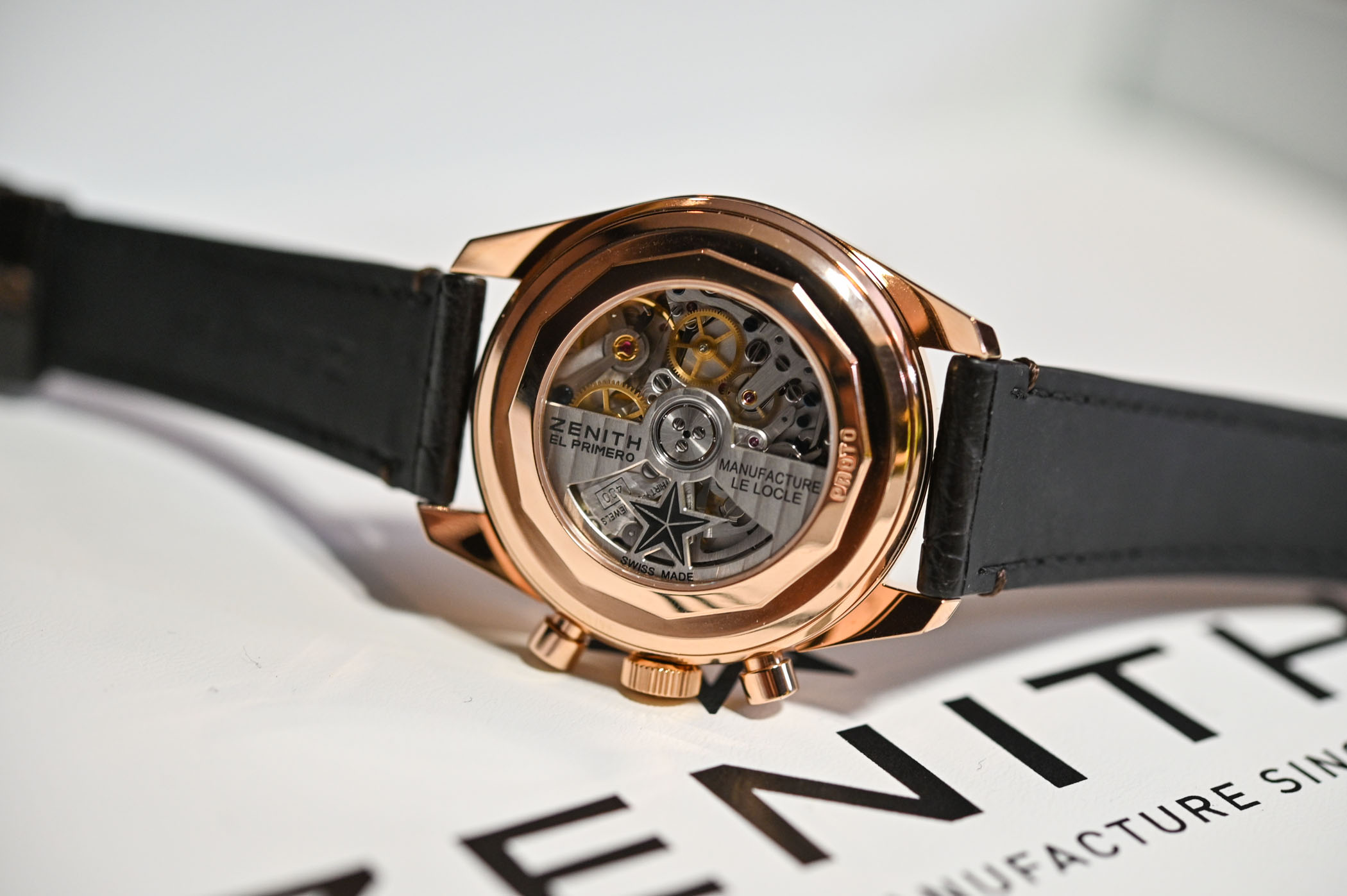Lifetime Warranty, Genuinely Good or Just a Good Marketing Gimmick? The Zenith 50-Year Case
And what if watchmakers had your back covered... for decades to come!

The number of watch brands introducing very long warranties is as long as the history of modern (post-quartz crisis) watchmaking. Until recently, two years of warranty was the norm. However, more and more watchmakers tend to offer five years and even more for some special editions. And that raises the question: does it actually make any sense from a consumer’s point of view?
Earlier this year, Zenith introduced re-edition versions of the 1969 El Primero watch, the A386 revival, to celebrate the 50th anniversary of its iconic movement and model. And it added a 50-year warranty! Now that is a very nice gesture, and it really shows Zenith’s good intentions. With this kind of a warranty, this iconic watch and movement will probably exist longer than you and I will.
Zenith is a genuinely good watchmaker, and although it has had a hard time for years to stay profitable in a vastly competitive market, it has a future as bright as the star that shines proudly over the brand name.
With its latest El Primero, Zenith wants to show that its creations will be around for some time. The company from Le Locle, therefore, gave this special-edition watch an extra with an interesting name: “El Primero A386 Revival Warranty Benefit”. Now, that is a nice thing, because it means you’ll get 50 years of warranty with the watch, including free services. But above and beyond Zenith’s offer, the question is: why do we, consumers, want lifetime warranties?
Lifetime Warranty: the watchmakers’ take
Now let’s start by saying that if it doesn’t cost you anything, it can’t hurt you either. At first sight, a very long warranty is always a great statement. It not only gives us the feeling that this watch company is really sure about the idea of “you don’t own a watch, you merely take care of it for the next generation“. It also shows the commitment from the technical side: these watches are really made to keep on ticking forever and ever.
The goal for any watch company offering a long guarantee is always clear: offer doubting consumers confirmation that this watch, in fact, is a lifetime companion. And that is of great value. When Rolex, for example, upped its standard warranty to 5 years, this showed the entire world how confident the brand is about its products. And of course, Omega wanted to show its confidence in its co-axial movements, so it also decided to give that same warranty statement: “don’t worry, we’ve got you covered for the foreseeable future”. And what to think about Jaeger-LeCoultre’s proposal? Eight years of warranty. Boom, now that’s Trump-style confidence! Panerai even offered 50 years on its LAB-ID PAM700 concept watch (something that was done, obviously, on very a limited production piece).
But then came the lesser brands, even some of the quartz guys around the corner. Shinola, Ingersoll, Nixon; there are countless watch brands which jumped on the bandwagon, but many of them offer bad conditions.
So that’s key here: the fine print. When we take our example of Zenith, the warranty does cover “normal wear and tear of components, and it also covers the cost of all servicing during this period”. So if you use your watch normally, or leave it in a safe for 10 years, Zenith will service it for free. Now that is quite an added value and, of course, companies can offer that kind of stuff on limited editions only. Therefore it’s always good to check the fine print and see what is included in the warranty, for example, services.
Note the difference between service and warranty contracts
Because yes, anyone who knows about watches knows they need to be serviced regularly by someone who knows what he/she is doing. And that, obviously, is not always covered by warranties, so that’s the most important thing. I guess some people might mistake their warranty for a service contract, and although I assume the watch connoisseurs reading MONOCHROME know the difference between those two things, it’s important to understand the differences.

These long contracts offer particular added value to consumers if service is included. Because if there turns out to be a construction fault in your watch, which we, of course, don’t hope, you will practically always find out within months after purchase. Real technical problems tend to show up quite quickly. So that will be covered by a normal warranty from about two or five years. After that, it’s quite often “your own fault”, although most brands will still help you. If a crown is broken, the brands will repair it without asking the customer. If the bezel is broken, the same thing. If you drop your watch on a wooden floor from one metre on the crown and gets broken, and your El Primero becomes an El Problemo? Your own fault. But of course, these things are almost never covered by any guarantee, in any industry. Drive into a wall with your car… pretty sure Audi or BMW won’t cover the cost (actually, 100% sure they won’t).
So coming back to that first question: do we, the consumers, really profit from that lifetime warranty? If the right conditions are met, then yes, we do profit from this. Quite a lot, in fact. But if the conditions turn out to be a hollow shell, it is, indeed, a lovely marketing gesture from the brand and a great thing to tell your friends about in the pub. In that case, all those years of warranty just as certainly won’t save you a penny in the next fifty years. But when it includes, for example, a lifetime service contract, then yes that’s great. Or a guarantee that includes shocks, magnetization, scratches or even boredom. That would be even better, I guess.
Oh, and having said that – please take a look at that El Primero A386 Revival. It is genuinely a cool watch. It really is. And its 50-year warranty will have your back well covered!







3 responses
“Zenith has a future as bright as the star that shines proudly over the brand”
Good God!!!
I REALLY hope you got well paid for this “review”
They need to lost that star thing, it looks silly on most of their dials , it looks like some upstart co. from Texas that wants to show some home spirit !
I’ve had a quartz Swatch fail. Took it to them and they told me there was no point getting it fixed!
I had a G-Shock fail. It was back to me in one week at no charge. They didn’t even ask to see the receipt!
I also had a very good experience at Rolex.
These things matter much more than brands would like to think. Welch a customer and your competition gets their money for life.